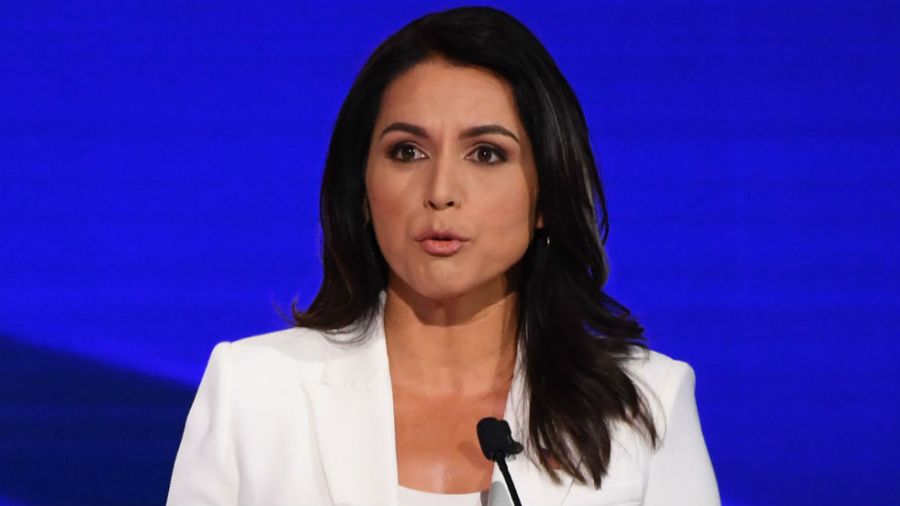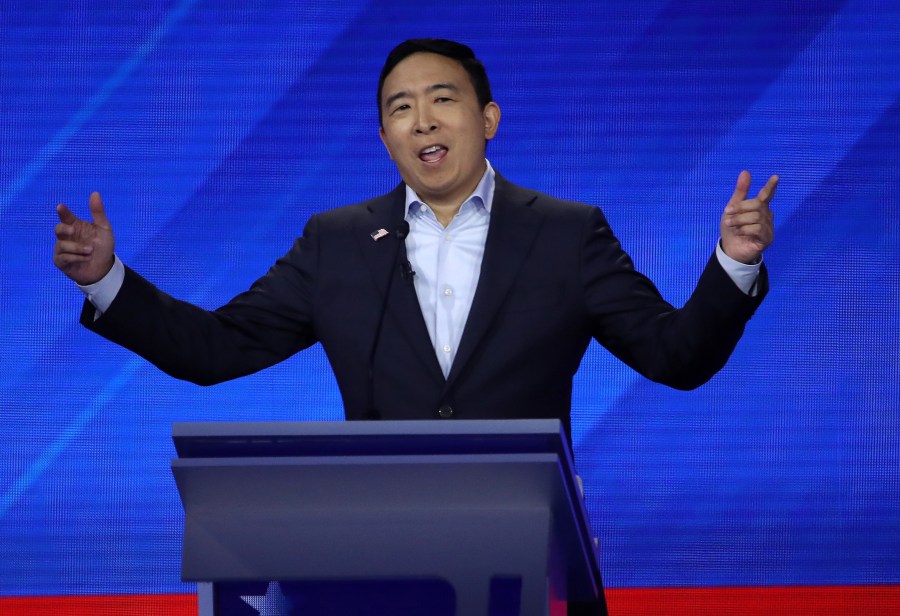Sinema changed her party affiliation. So did these politicians
(NewsNation) — Arizona U.S. Sen. Kyrsten Sinema has changed her party affiliation. The onetime Democrat has registered as an independent, she announced Friday.
Still, Sinema does not plan to caucus with Republicans, and will maintain her committee assignments with the Democrats, she told NewsNation.
Sinema isn’t alone in changing political affiliations: Other legislators have also made the switch, from Democrat to independent, Republican to Democrat or Democrat to Republican.

Tulsi Gabbard: Democrat to independent
Like Sinema, former U.S. Rep Tulsi Gabbard of Hawaii decided to leave the Democratic Party to become an independent. Gabbard, who made a bid for the Democratic presidential nomination in 2020, said the party is “under the complete control of an elitist cabal of warmongers who are driven by cowardly wokeness” when announcing her decision.
Long on the fringe of American politics, Gabbard has claimed the committee investigating the Capitol Riots on Jan.6 is “one-sided,” as many Republicans do, but she has also been criticized by members of the GOP for spreading Russian misinformation about U.S. Biolabs in Ukraine.
Gabbard told NewsNation’s Chris Cuomo that she currently has no plans to run for office.
Charlie Crist: Republican to Democrat
Charlie Crist, the former GOP governor of Florida, actually became the state’s first elected Republican attorney general in 2002.
However, he turned away from the Republican Party, telling MSNBC in 2010 that its members are “perceived now as being anti-women, anti-immigrant, anti-minority, anti-gay, anti-education, anti-environment.”
“I left the Republican Party because Republican leadership went off the cliff,” he said to Jorge Ramos. “They’re so hard right now they won’t cooperate with the president on anything.”
Crist went on to say that it wasn’t consistent with his “core beliefs” to stay with a party that was “so unfriendly toward (Barack Obama,) the African-American president.”

Later, he wrote a book titled “The Party’s Over: How the Extreme Right Hijacked the GOP and I became a Democrat.”
Most recently, Crist, running as a Democrat, lost his race for Florida governor to incumbent Gov. Ron DeSantis, a Republican.
Jeff Van Drew: Democrat to Republican
Reuters reported in 2019 that former New Jersey U.S. Rep. Jeff Van Drew announced he was becoming a Republican. In an interview with Fox News, he said this was because of the pressure he faced to vote for former President Donald Trump’s impeachment. Van Drew had been one of only two Democrats who voted against the articles of impeachment against Trump in 2019, articles that accused the former commander-in-chief of abuse of power and obstruction of Congress.
Van Drew, according to Reuters, said he did not think Democrats made the case that Trump pressured Ukraine to investigate a political rival.
Mike Sullivan: Democrat to Republican
The former Democratic governor of Wyoming, Mike Sullivan, registered as a Republican for the first time to vote for Rep. Liz Cheney in the 2022 Republican primary elections.
“We have a choice between the politics of courage, character and integrity, or revenge, vindication and chaos,” Sullivan said, according to the Casper Star-Tribune. “It’s not a very difficult choice.”
Sullivan had served as Democratic governor from 1987 to 1995.
Though Cheney remains a conservative, her popularity grew with Democrats because of her criticism of Trump, as well as her work on the Jan.6 committee.
State law in Wyoming, the Casper newspaper reported, allows for same-day voter registration and party changes. This means a Democrat like Sullivan can change their affiliation in the primary, and still switch back in time for the general election.
Cheney ultimately lost her reelection bid to her primary opponent, Harriet Hageman, who was endorsed by Trump.
Andrew Yang: Democrat to Forward Party

Andrew Yang, who ran in the 2020 Democratic primaries and was a New York City mayoral candidate, left the party the next year to become an independent, saying he’s fed up with America’s two-party political system.
Now, he is starting his own party, called the Forward Party.
The Forward Party brands itself as a group that rejects the politics of the far left and far right, and instead pursues common ground, its website says.
“I think ideally we’d have something like five or six (major) parties,” Yang said on “CUOMO.” “Right now, you have this two-party system that is increasingly unrepresentative of reality.”
“We actually have two minority parties that are running everything and driving us all crazy by trying to inflame us against each other,” Yang said during the interview.
The Associated Press contributed to this report.










